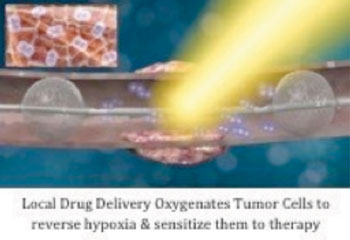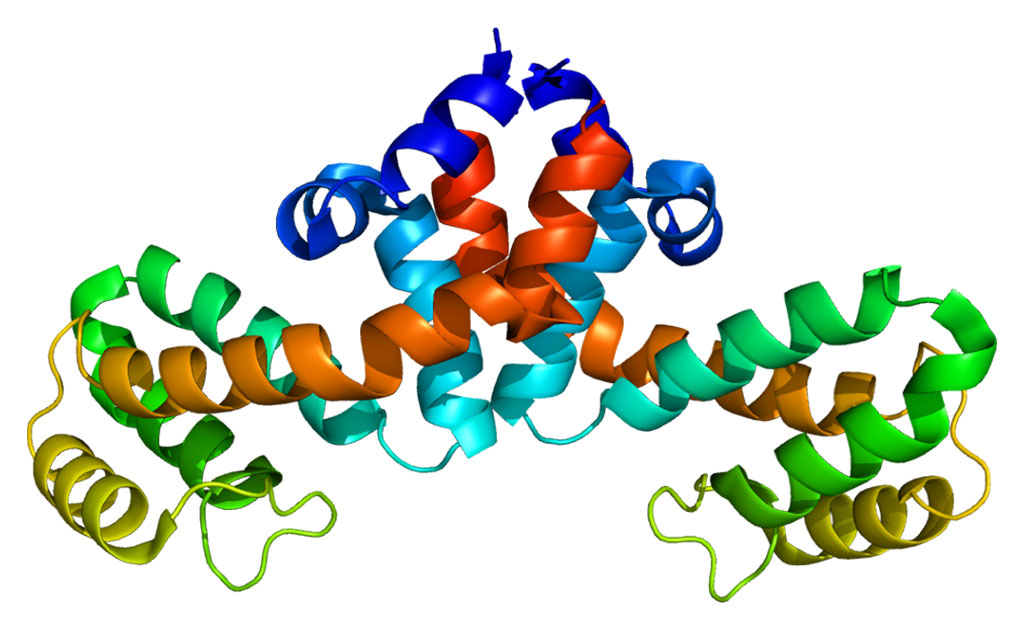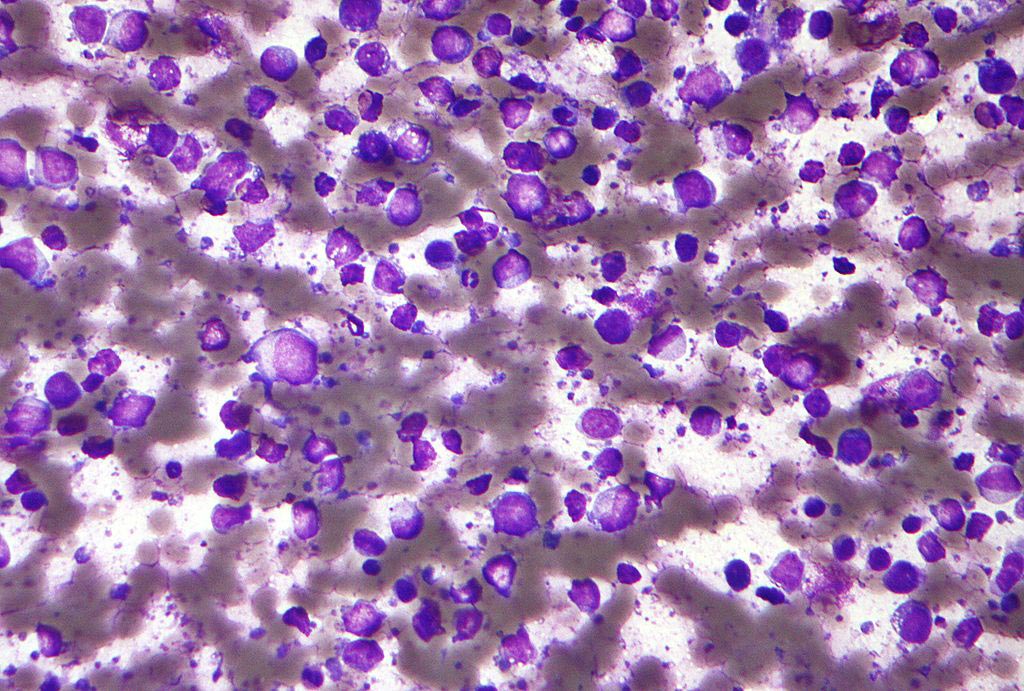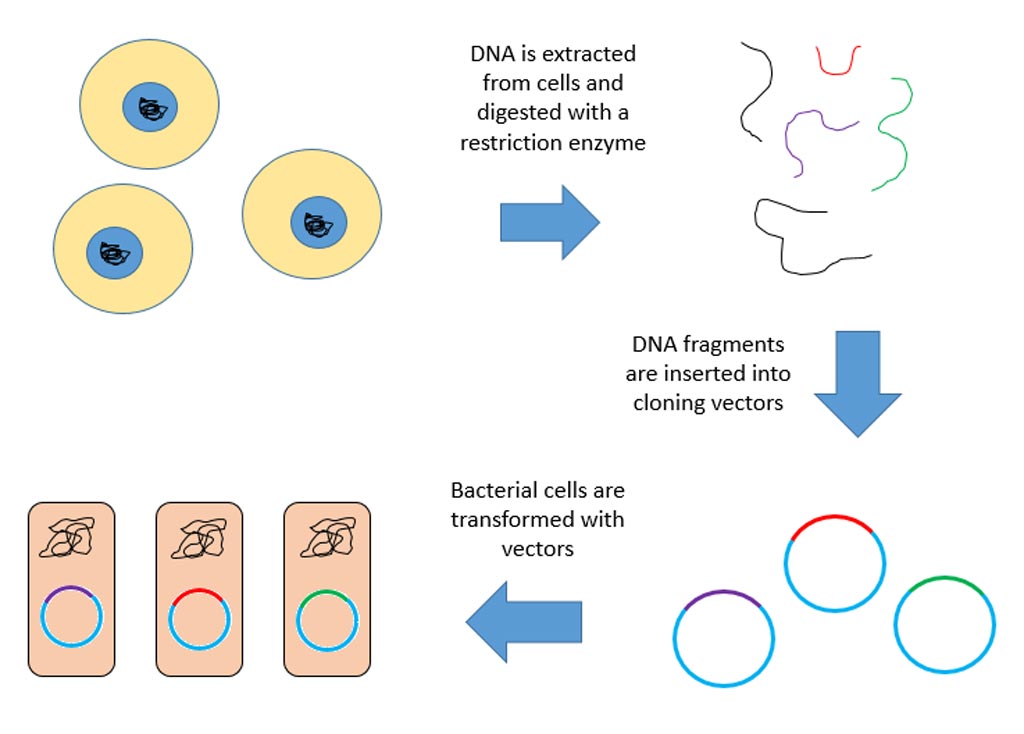Radiation Oncology Drug Platform Oxygenates Tumors Cells to Make Them More Sensitive to Therapy
By LabMedica International staff writers
Posted on 13 Nov 2014
A new patent has been issued for photodynamic therapy (PDT) for tumors with a localized delivery technique, which offers broad protection for new systems and methods for reversing hypoxia in therapy-resistant tumors, and for delivering combination therapy to peripheral tumors, specifically lung cancer. Posted on 13 Nov 2014
The drug/device system is designed to reduce, if not eliminate, the systemic toxicity and side effects associated with conventional chemotherapy and radiation treatment. The precision therapy technology incorporates direct visualization and local/regional drug infusion with photodynamic radiation and real-time treatment analytics to offer the clinician an objective, evidence-based approach to targeted radiation oncology. The patent was secured by Sanovas, Inc. (San Rafael, CA, USA), a life-science company involved in development and commercialization of next-generation microinvasive diagnostics, devices, and drug delivery technologies.

Image: Local drug delivery oxygenates tumor cells to reverse hypoxia and sensitizes them to therapy (Photo courtesy of Sanovas).
“Treatment of peripheral lung tumors is growing more relevant given the increased burden of cases as lung cancer screening becomes mainstream,” said Gordon H. Downie, MD, PhD, FCCP, a pulmonologist at Northeast Texas Interventional Medicine (Mount Pleasant, TX, USA), and a clinical adviser to Sanovas. “Challenges facing the clinician include protecting lung function in patients with already compromised abilities, optimal targeting of therapy to avoid serious injury to normal structures, real-time confirmation of clinical effectiveness, non-mutagenic or carcinogenic tumorcidal agents, and the ability to assess for tissue hypoxia. Locally/regionally delivered and activated photodynamic therapy can address all these challenges,” added Dr. Downie, who is also widely recognized as one of the foremost authorities on the use of PDT in the lungs.
One of the most common problems encountered during radiation therapy of malignant tumors, according to Dr. Downey, is that the tumor cells become deficient in oxygen. This system addresses the hypoxia dilemma, he reported. As a long-time proponent of using PDT technology to address peripheral lung tumors, Dr. Downey excited by the potential this approach could lead to, and he look forward to seeing clinical research to validate the potential this patent suggests.
“We want to avoid ‘snake oil’ promises for alternative oncologic agents, but peripheral PDT with local/regional assessment and drug-treatment delivery appears to adequately address all of these concerns,” continued Dr. Downie. “First, a directly observed delivery system ensures a concentration gradient favoring tumor kill over normal structure side effects. Second, the biochemical PDT reaction allows direct correlation of drug consumption with clinical real-time response. Because oxygen is also required for the PDT reaction, drug consumption can act as a surrogate marker for tissue oxygenation. Third, in my experience, I have never seen a primary lung tumor or any metastatic tumor to the lung be resistant to the PDT tumorcidal effect, and the reaction is neither mutanegenic or carcinogenic.”
At the center of the Sanovas companies’ scientific developments is the miniaturization of tools for minimally invasive surgery (MIS). The company’s products enable clinicians to detect and perform therapeutic interventions in spaces as small as 1 mm in diameter that have earlier been inaccessible. Sanovas expects to market the technology in coordination with its various partners to address unmet clinical needs in oncology, pulmonology, cardiology, neurosurgery, ear, nose, and throat (ENT), gastrointestinal (GI), general surgery, urology, and gynecology.
“There is a significant unmet clinical need for a method of treating hypoxic malignant tumors that is capable of delivering an oxygenating agent directly to target tumor tissue within a bodily cavity in order to achieve more precise and efficient oxygenation of the target tumor site, as well as to avoid exposing the surrounding healthy tissue to potentially damaging chemical agents,” said Larry Gerrans, the developer, founder, president and CEO of Sanovas. “This is especially promising for Lung Cancer, which is among the most recalcitrant cancers in the world and, by far, the deadliest of all. The PDT patent represents a milestone event toward a more targeted and less-invasive treatment for cancer and one that promises to mitigate the deleterious side effects of cancer treatment that we have become all too familiar with.”
Related Links:
Sanovas














